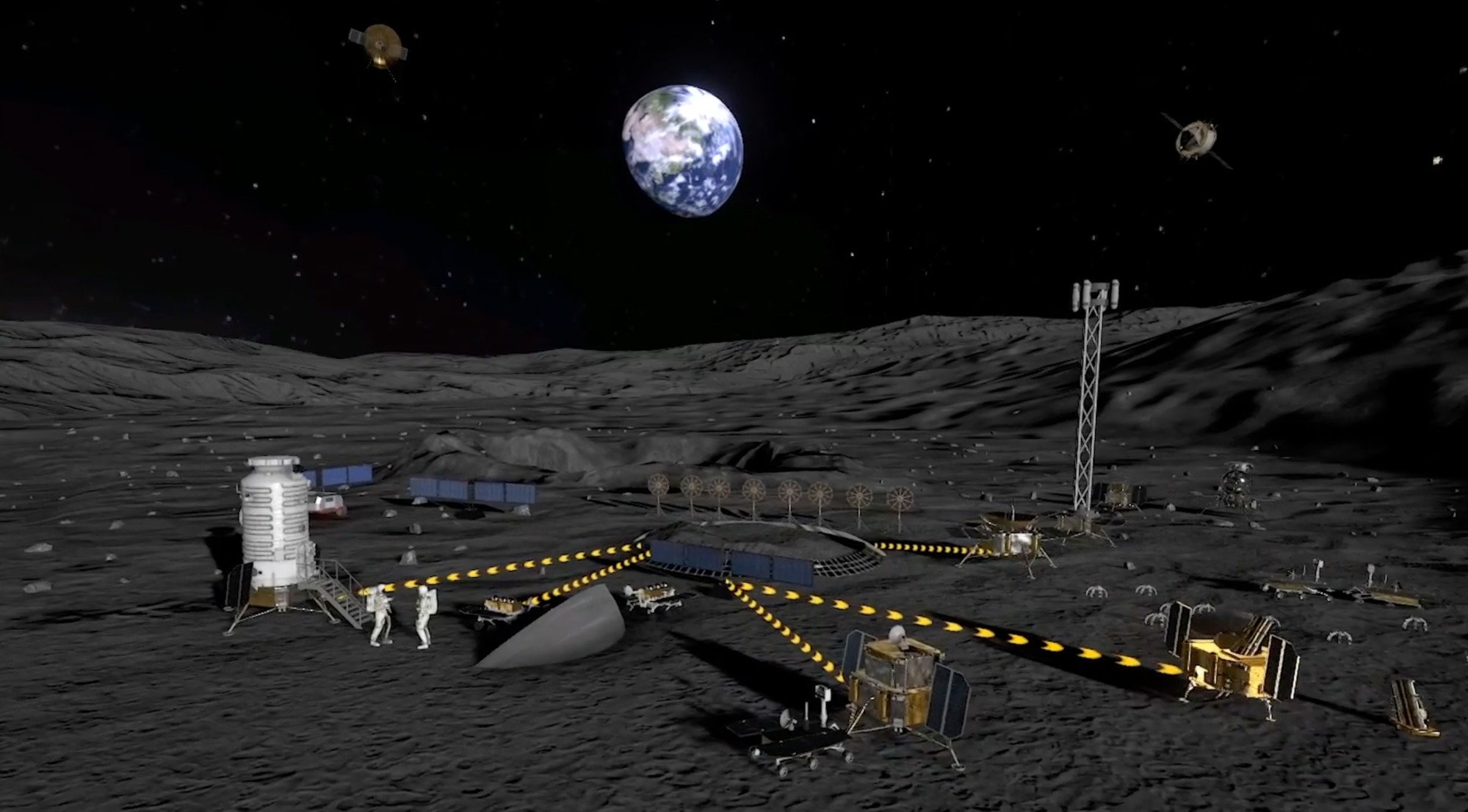The world’s two biggest powers – China and the United States – appear to be locked in a race to decide what time it is on the moon, and the winner will leave its mark on the history of space exploration while setting a new standard for future lunar missions.
The US and its space partners are attempting to establish a special time zone for the moon. Meanwhile, rivals China and Russia remain outside the US-led initiative, leaving Beijing to pursue its own lunar timing and navigation system.
Prompted by a White House directive, Nasa is spearheading the creation of a new time standard, Coordinated Lunar Time (LTC), to support safe and sustainable exploration as more nations and private companies plan missions to the moon, the agency said on its website last month.
The proposed time system will be adopted by signatories of the US-led Artemis Accords and is intended to serve as “the international standard”, according to a memorandum from the White House Office of Science and Technology Policy issued in April.
“Knowledge of time in distant operating regimes is fundamental to the scientific discovery, economic development, and international collaboration that form the basis of US leadership in space,” the memo stated.
Namrata Goswami, a space policy researcher at Arizona State University, said the White House directive was based on the fact that lunar activities, including manned and unmanned missions, would increase, requiring a common time zone for better coordination between the Artemis signatory countries.
She noted that during the Cold War, lunar spacecraft used the time standards of the craft’s origin country, but activities on the moon were more limited then.
The number of Artemis Accords signatories has grown to 43, but they do not include two of the biggest space powers – China and Russia. Instead, Beijing and Moscow are leading a parallel effort known as the International Lunar Research Station, which aims to build a permanent base at the moon’s south pole by 2035.

China has its own plans to establish a timekeeping and navigation system for the moon. Goswami noted that China had announced plans to establish a time zone for the moon and develop coordinated lunar communication and internet capacity by 2028.
Researchers have proposed various road maps for developing a BeiDou-like satellite constellation for the moon, which would play a critical role in positioning, navigation, and timing in the space between Earth and the moon’s orbit.
In June, a team from the Beijing Institute of Spacecraft System Engineering proposed launching a network of 21 satellites around the moon to provide real-time, high-precision navigation to support China’s lunar ambitions.
The satellites, featuring a sustainable and cost-effective design, will be deployed in three phrases and four types of orbits, according to their paper published in the journal Chinese Space Science and Technology.
The moon currently lacks a unified time system, with each mission using its own timescale linked to Earth’s Coordinated Universal Time (UTC). While this method has worked for independent missions, it could become problematic when multiple spacecraft need to collaborate.
Clocks on Earth and the moon also tick at different speeds due to the different gravitational fields. According to Nasa, atomic clocks on the lunar surface are expected to tick 56 microseconds – or 56 millionths of a second – faster per day than clocks on Earth.
While the difference may seem small, precise timekeeping is crucial for synchronisation in space missions.
Additionally, clocks run at different rates on the lunar surface compared to in lunar orbit, and setting a lunar time must also take into account practicality for astronauts. All these factors make it challenging to answer the question: what time is it on the moon?
According to Nasa, LTC will be determined by a weighted average of atomic clocks placed on the moon, similar to how scientists calculate UTC on Earth.
“Nasa and its partners are currently researching which mathematical models will be best for establishing a lunar time,” the agency added.
Goswami noted that it was not yet known whether the lunar time zones for Artemis and the International Lunar Research Station partner countries would be identical.
Establishing time standards is not just a crucial step for practical coordination but has also historically been a symbol of political power and influence.
The adoption of Greenwich Mean Time as the global standard was a prime example. The 1884 decision for the prime meridian to run through the site of the Royal Observatory at Greenwich was not merely for convenience, but also a reflection of Britain’s dominance in navigation, trade, and science at the time. – South China Morning Post





